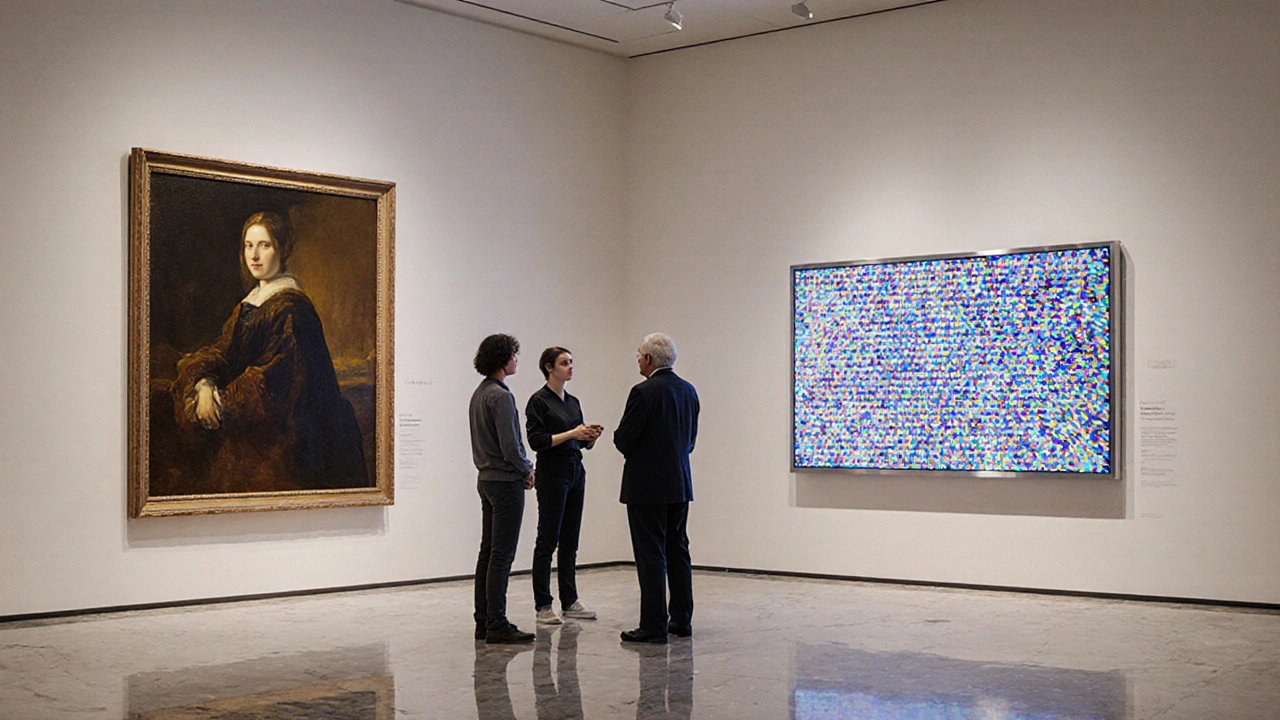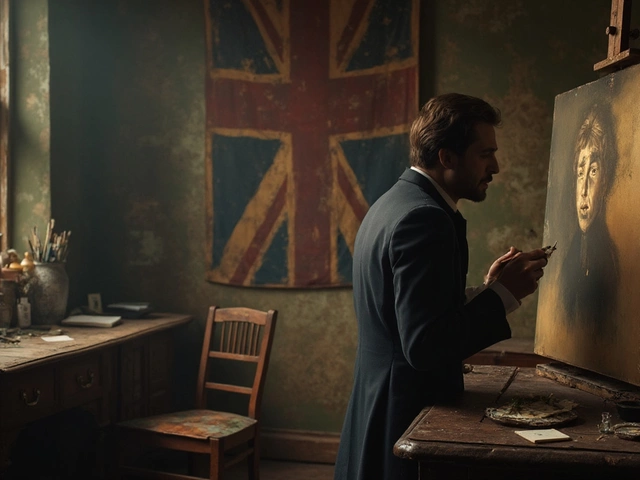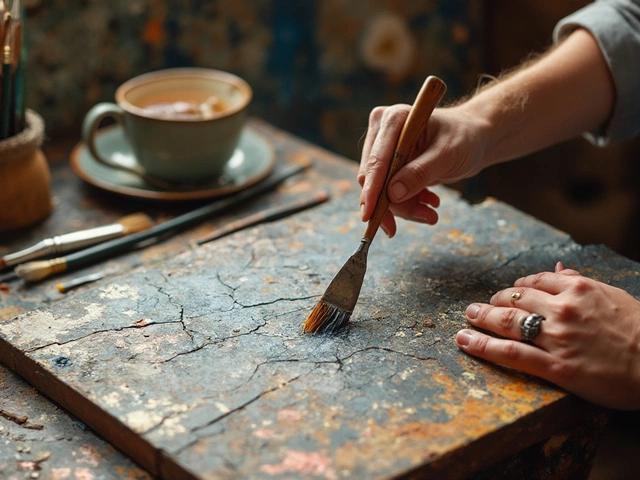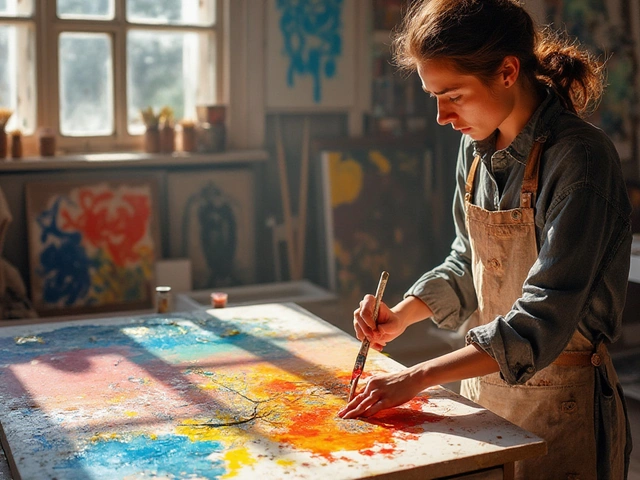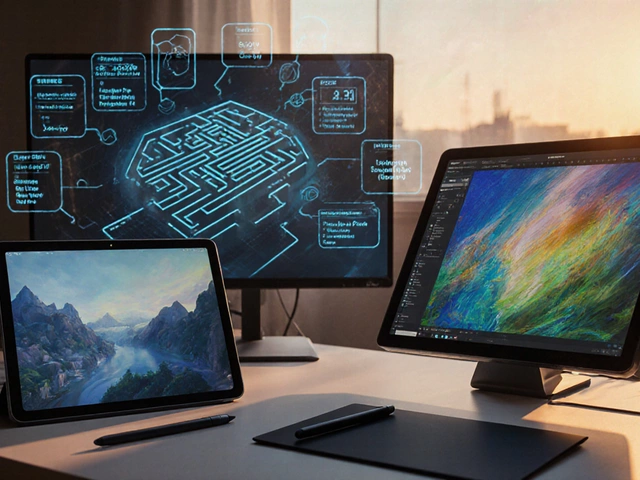When the question Is digital art considered real art? pops up, the answer hinges on how we define "art" in the first place.
Key Takeaways
- Digital art uses the same creative principles as traditional media, just different tools.
- Museums and galleries increasingly showcase digital works alongside paintings and sculptures.
- Critics often focus on intent, originality, and viewer experience rather than the medium.
- Understanding the history of digital creation helps demystify the debate.
- Artists can legitimize digital pieces by mastering technique, context, and presentation.
Defining “Real” Art
At its core, art is a way to communicate ideas, emotions, or narratives through visual or sensory means. Traditional art covers practices like painting, drawing, sculpture, and printmaking that have existed for centuries shares this purpose. The medium-oil on canvas, charcoal on paper, bronze casting-has become a secondary concern for many scholars. What truly matters is the artist’s intent and the work’s impact on its audience.
From Pixels to Paintings: A Brief History
The roots of digital creation trace back to the 1960s, when computer scientists experimented with algorithmic patterns on early mainframes. By the 1990s, personal computers and graphic software democratized the field. Adobe Photoshop emerged in 1990 as a groundbreaking raster editor that enabled artists to manipulate pixels with unprecedented precision quickly became the industry standard. A decade later, the rise of tablet apps like Procreate offered a touch‑based drawing experience optimized for iPad users turned portable devices into legitimate canvases.
Tools vs. Techniques: The Skill Debate
Critics often claim that digital art is "easier" because brushes can be swapped instantly or mistakes undone with a click. However, mastery still demands a deep understanding of composition, color theory, lighting, and anatomy-exactly the same fundamentals taught in traditional art schools.
Consider the analogue tools: Canvas provides a textured surface for oil, acrylic, or watercolor applications and Brush controls the flow of pigment, shape of stroke, and tactile feedback. In the digital realm, software emulates these tools with brush engines that simulate pressure, tilt, and wetness. While the medium changes, the creative decision‑making remains identical.
Institutional Acceptance: Galleries and Museums
In the early 2000s, a handful of forward‑thinking museums began allocating exhibition space to digital works. The Museum of Modern Art (MoMA) in New York, for instance, showcased "The Treachery of Sanctuary"-an interactive digital installation that responded to viewers’ movements. Today, major institutions like the Tate Modern and the Smithsonian host permanent digital collections, treating them as equal to painted canvases.
Meanwhile, the rise of NFT (non‑fungible token) technology allowed artists to sell provably unique digital pieces on blockchain platforms sparked fresh discussions about authenticity. While some view NFTs as a gimmick, many curators recognize that they solve a long‑standing problem: how to verify ownership of intangible works.
Critical Perspectives: What Do Art Critics Say?
Prominent Art critic reviews and contextualizes artworks, often shaping public perception and market value Claire Smith wrote in 2023, "The medium is merely a vessel; the soul of the piece resides in its concept and execution." Others argue that the digital medium introduces new aesthetic possibilities-animation, interactivity, and data‑driven generative forms-that challenge traditional static visual language.
Ultimately, the divide often reflects generational and cultural biases rather than objective quality. Younger audiences, raised on video games and social media, naturally gravitate toward digital aesthetics, expanding the definition of what can be appreciated as art.
Digital vs. Traditional: Side‑by‑Side Comparison
| Aspect | Digital Art | Traditional Art |
|---|---|---|
| Medium | Pixels, vectors, code, or mixed media on screens | Paint, charcoal, ink, clay, metal, etc. |
| Tools | Software (Photoshop, Procreate), tablets, stylus, AI generators | Brushes, palette knives, chisels, easels |
| Reproducibility | Exact copies at no extra cost; however, NFTs can enforce uniqueness | Each piece is inherently unique; prints require separate processes |
| Portability | Files can be shared globally in seconds | Physical works need shipping, climate control |
| Physical Presence | Often displayed on screens or projected; may lack tactile texture | Visible texture, brushstrokes, material weight add sensory depth |
| Learning Curve | Software proficiency essential; hardware cost varies | Technical skill in handling physical media; materials can be costly |
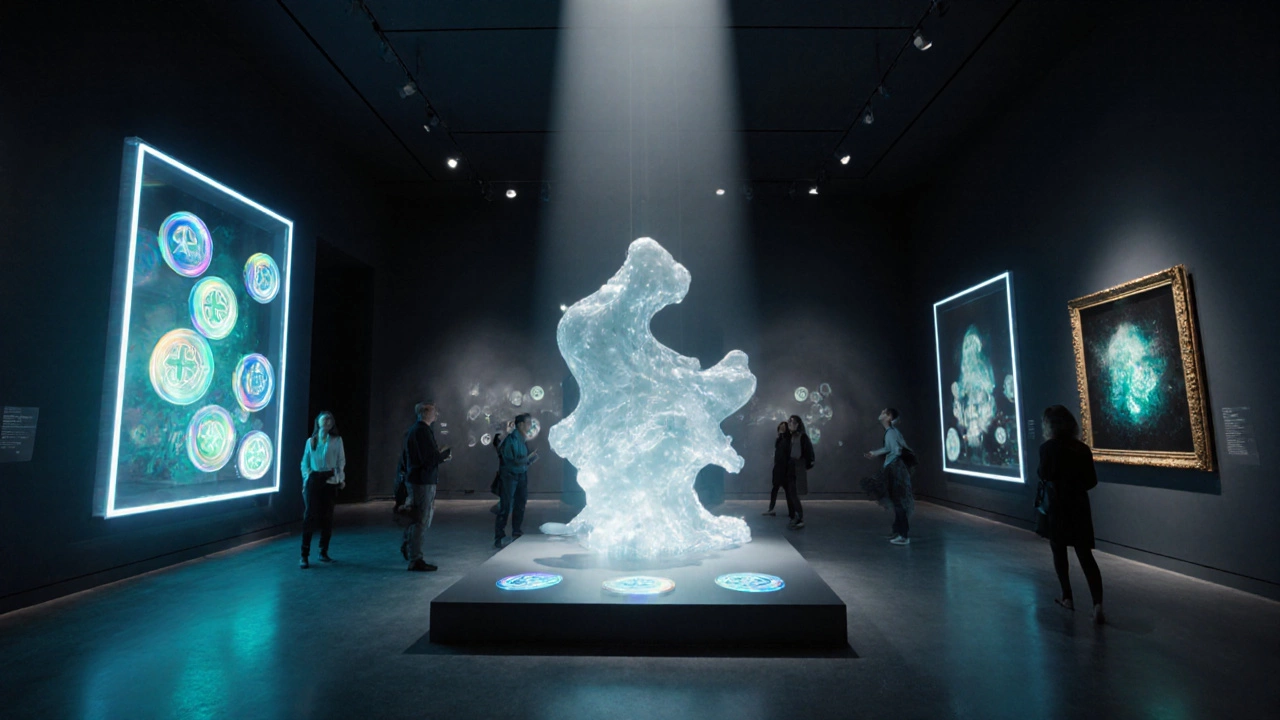
Practical Checklist: Making Your Digital Work Feel "Real"
- Master the fundamentals: study composition, perspective, and color as you would for painting.
- Choose a high‑resolution canvas: work at print‑ready DPI (300 ppi) if you plan to exhibit physically.
- Simulate traditional textures: use brush packs that mimic oil, watercolor, or pastel.
- Print and frame: a quality print on archival paper adds tangibility.
- Provide artist statements: explain concept, process, and tool choices.
- Seek exhibition opportunities: submit to galleries that accept mixed‑media shows.
- Consider NFTs for provenance: mint a token that links to the original high‑res file.
Final Thoughts
In the end, asking whether digital art is "real" reduces a complex conversation to a false binary. Both digital and traditional creators share the same artistic goals: to express, to provoke, and to connect. As technology becomes more ingrained in daily life, the art world’s acceptance of digital works will only deepen, solidifying their place in the broader canon of "real" art.
Frequently Asked Questions
Can digital art be sold in traditional galleries?
Yes. Many galleries now have dedicated sections for digital works, often displaying them on high‑definition screens or offering limited‑edition prints alongside the original files.
Do museums treat digital pieces the same as paintings?
Increasingly so. Institutions evaluate digital art based on concept, technical execution, and cultural relevance, just as they would for any other medium.
Is creating art with AI less authentic?
Authenticity now hinges on the artist’s role in curating prompts, editing outputs, and integrating AI into a broader creative process. Pure algorithmic generation without human intent may be viewed differently.
Do digital artists need a physical portfolio?
A digital portfolio is essential, but a physical print portfolio can be advantageous when meeting collectors or curators who prefer tactile examples.
How does copyright work for digital artwork?
Copyright automatically applies to original digital creations the moment they are fixed in a tangible medium (like a file). Registering with a copyright office or minting an NFT can provide extra legal protection.
